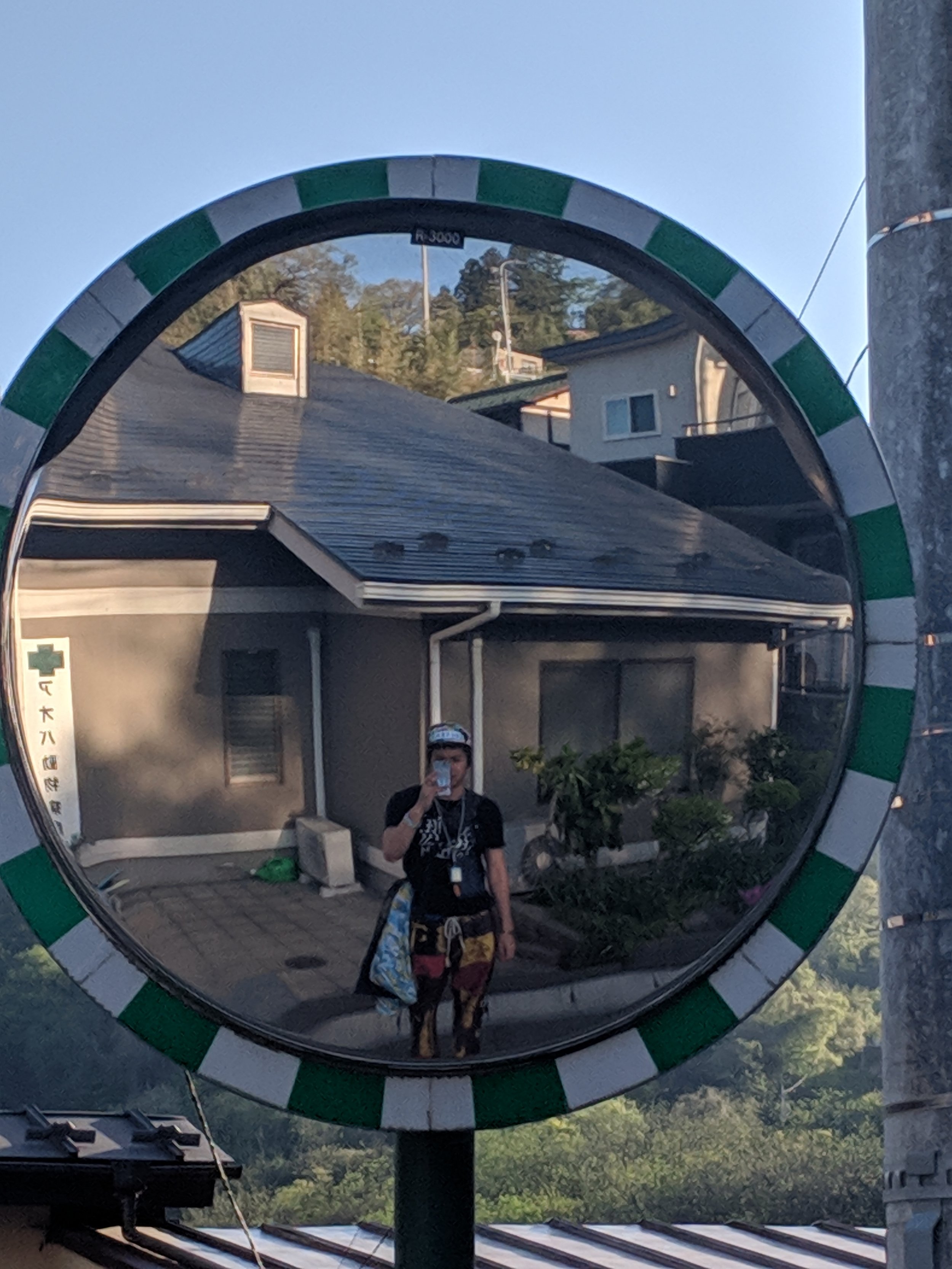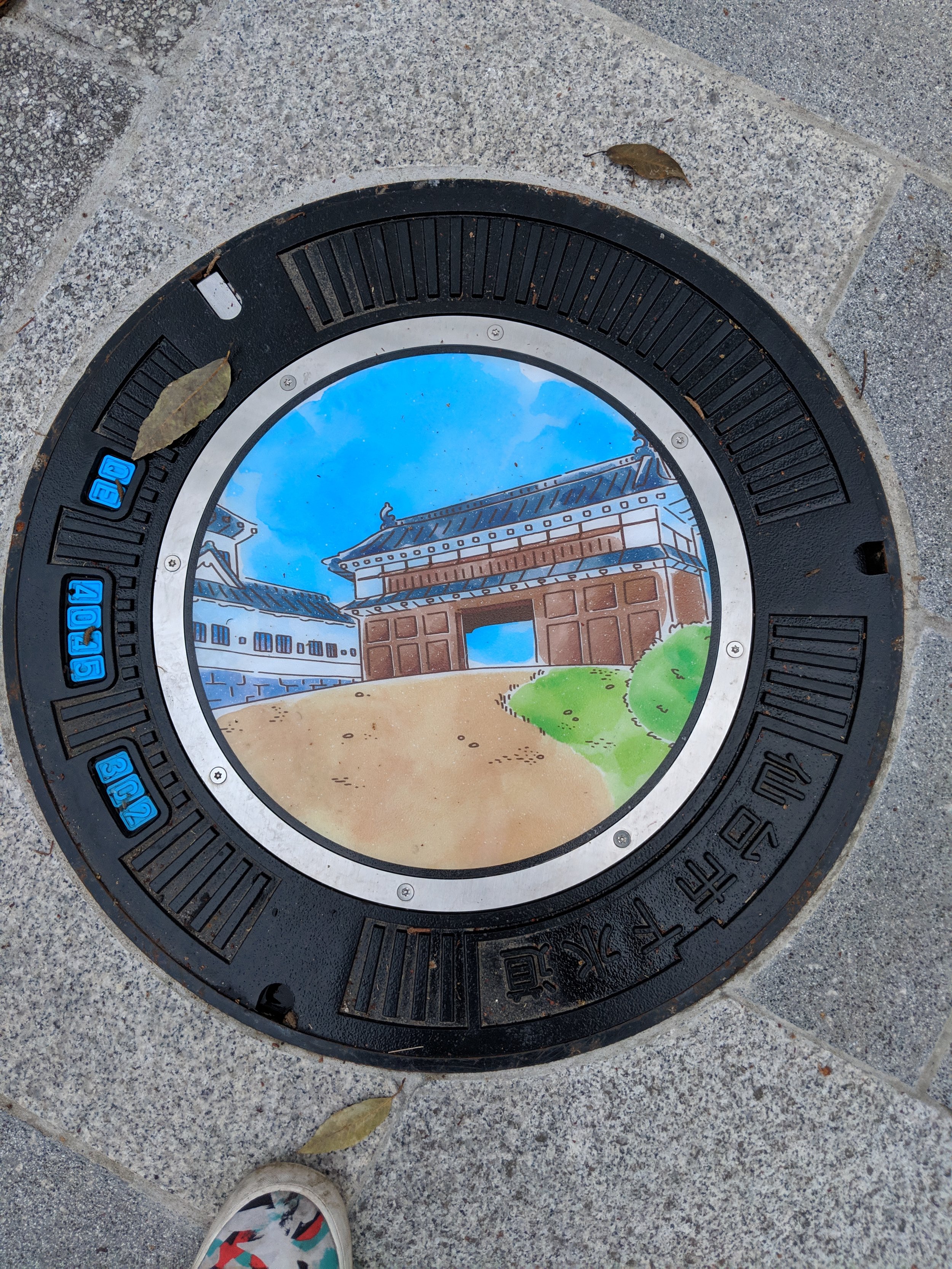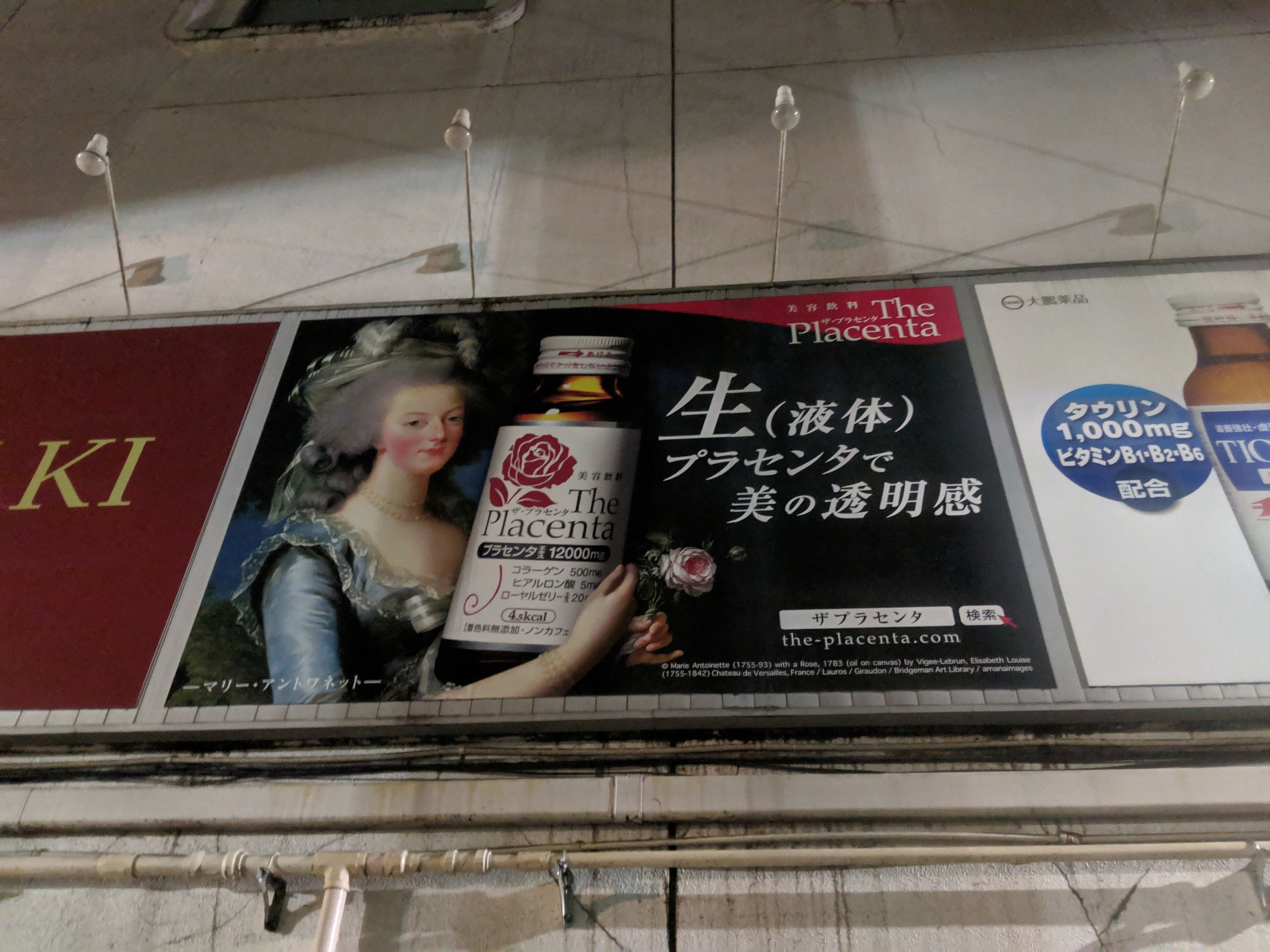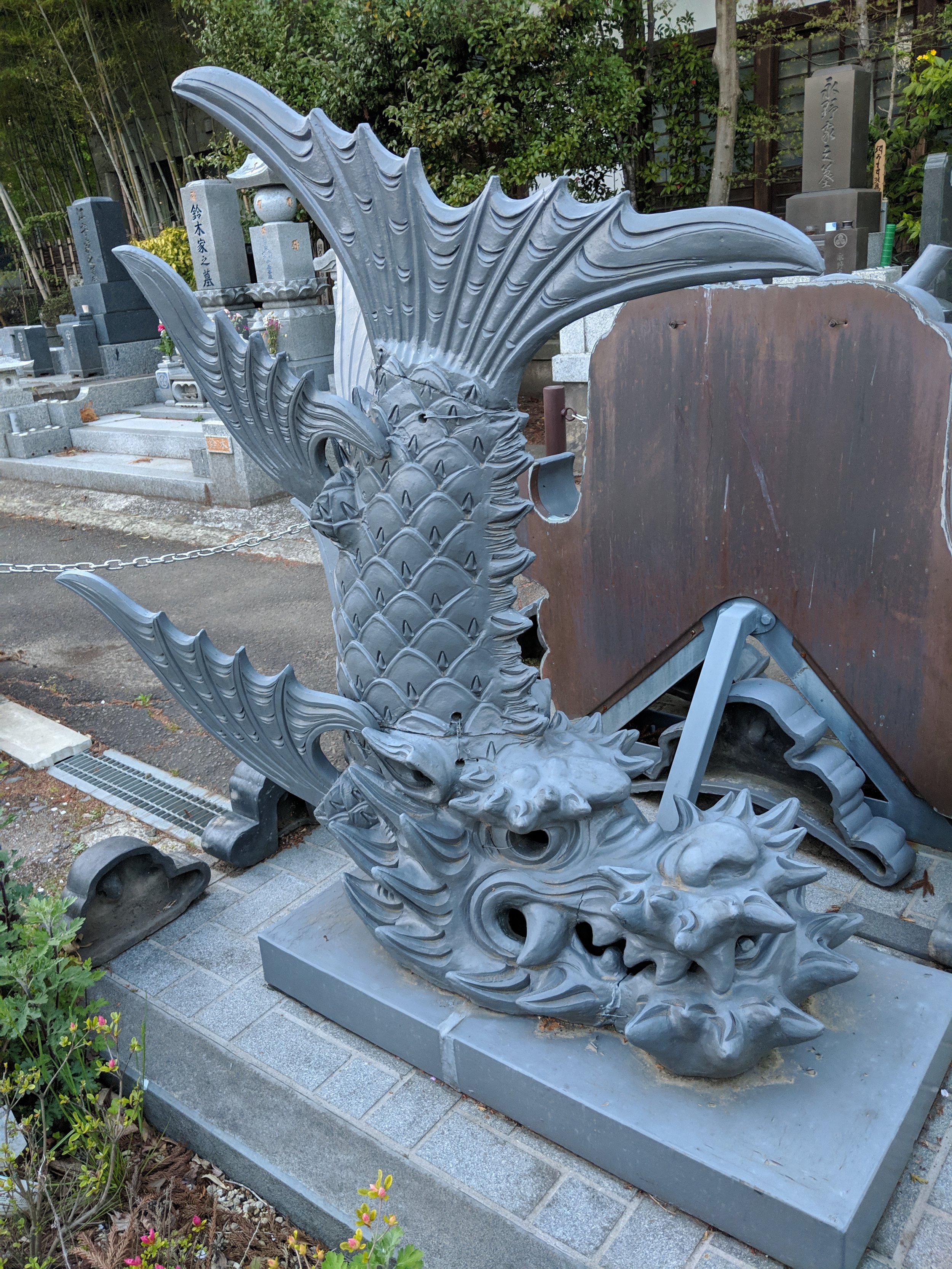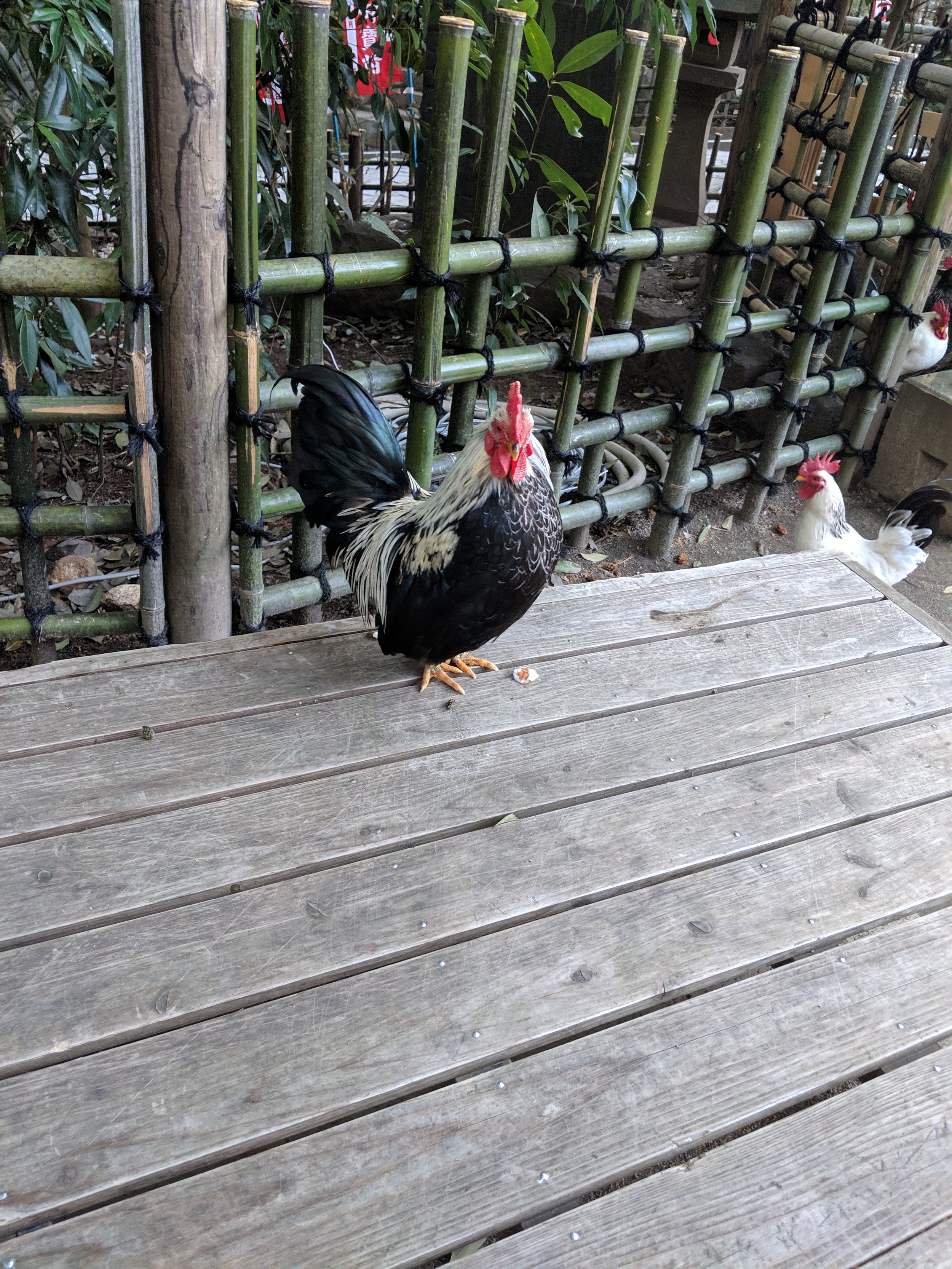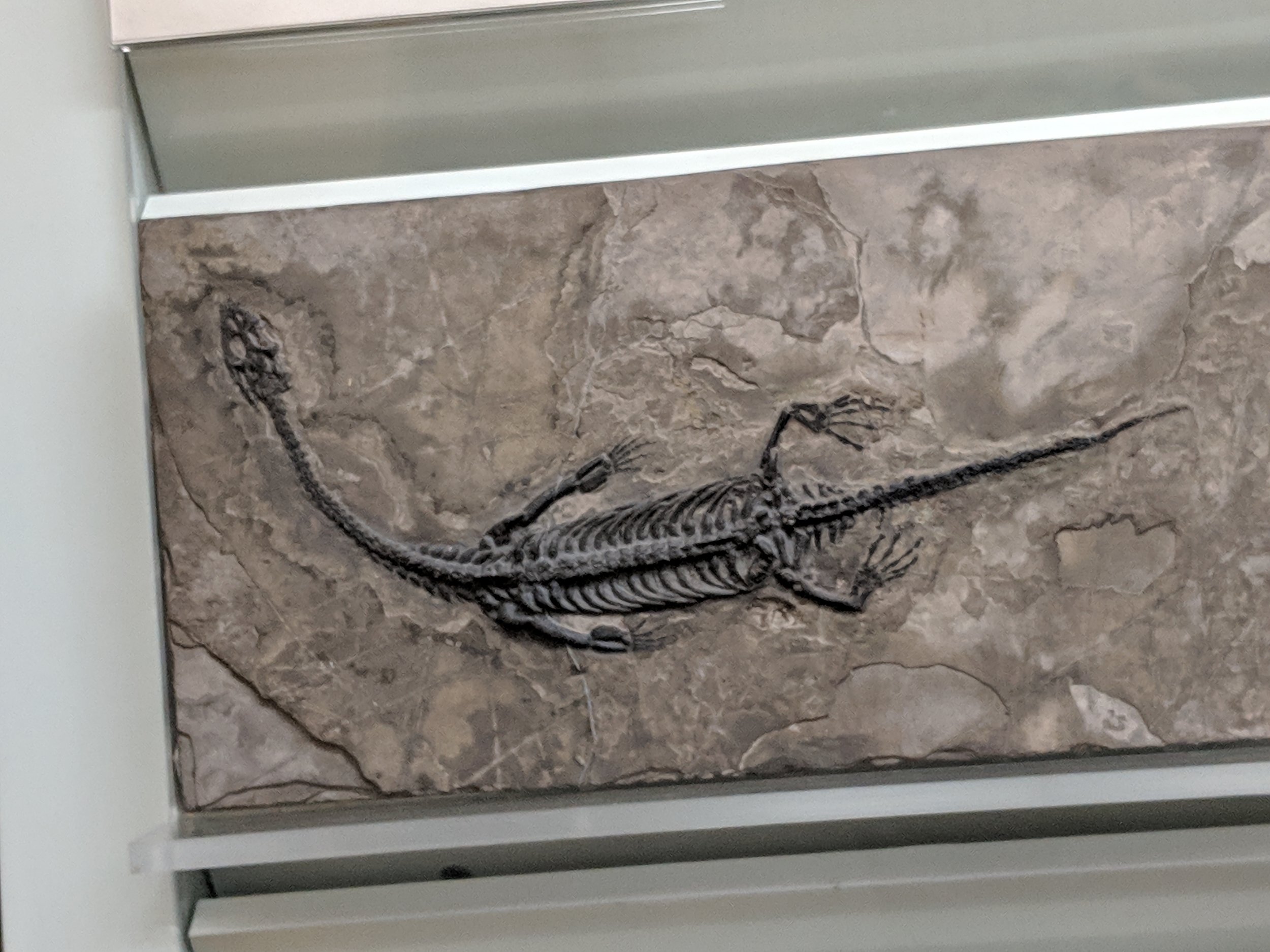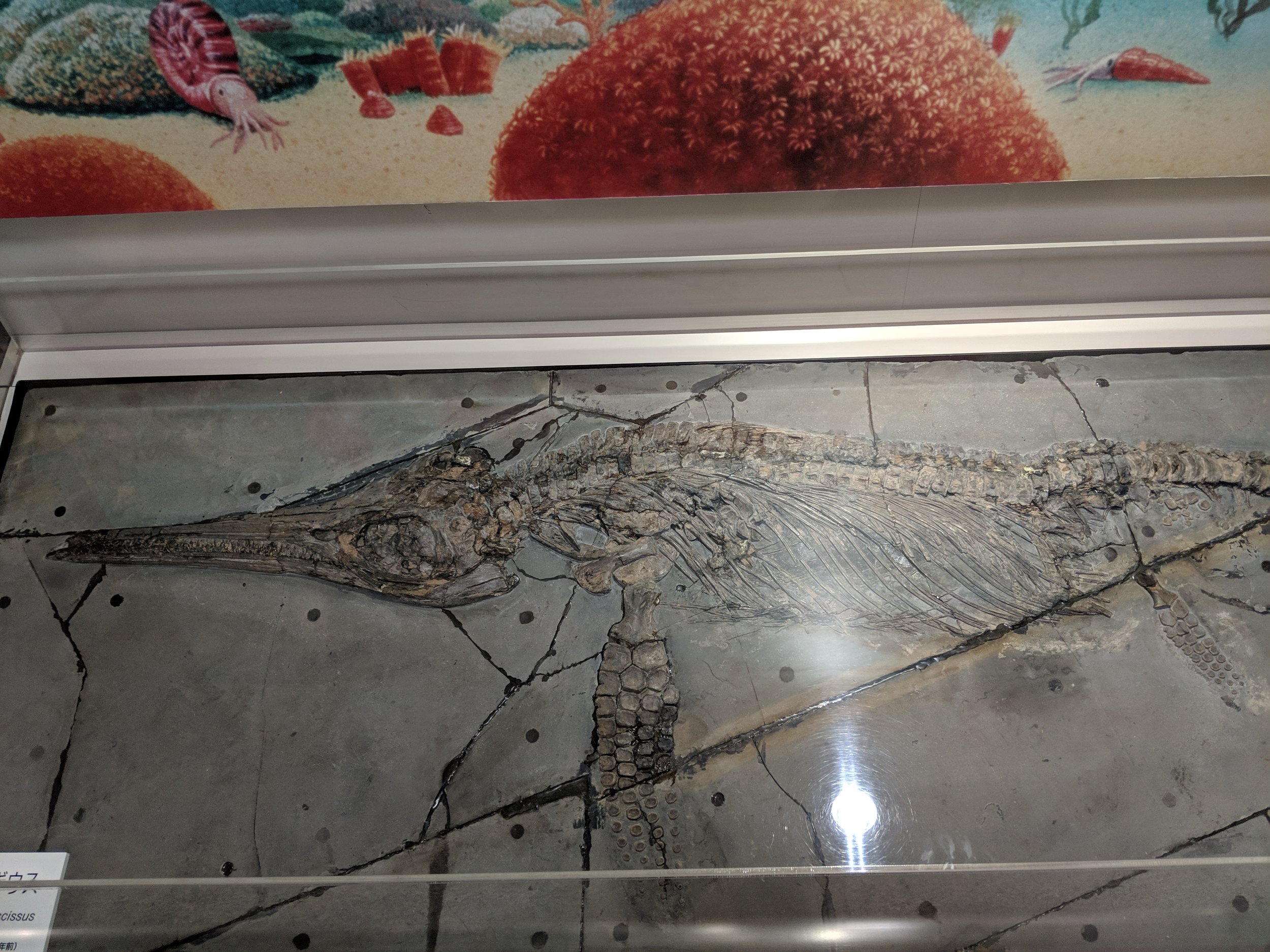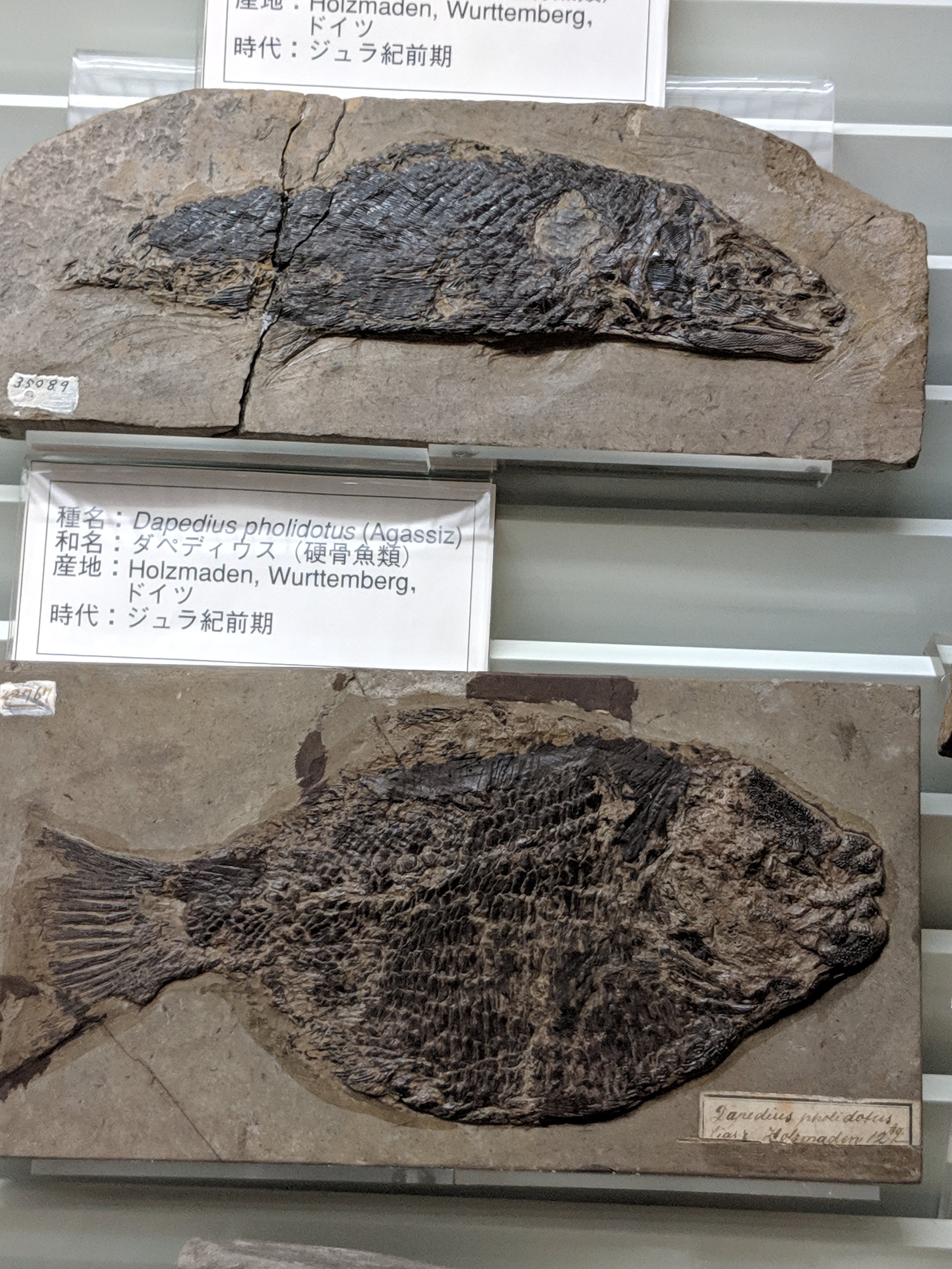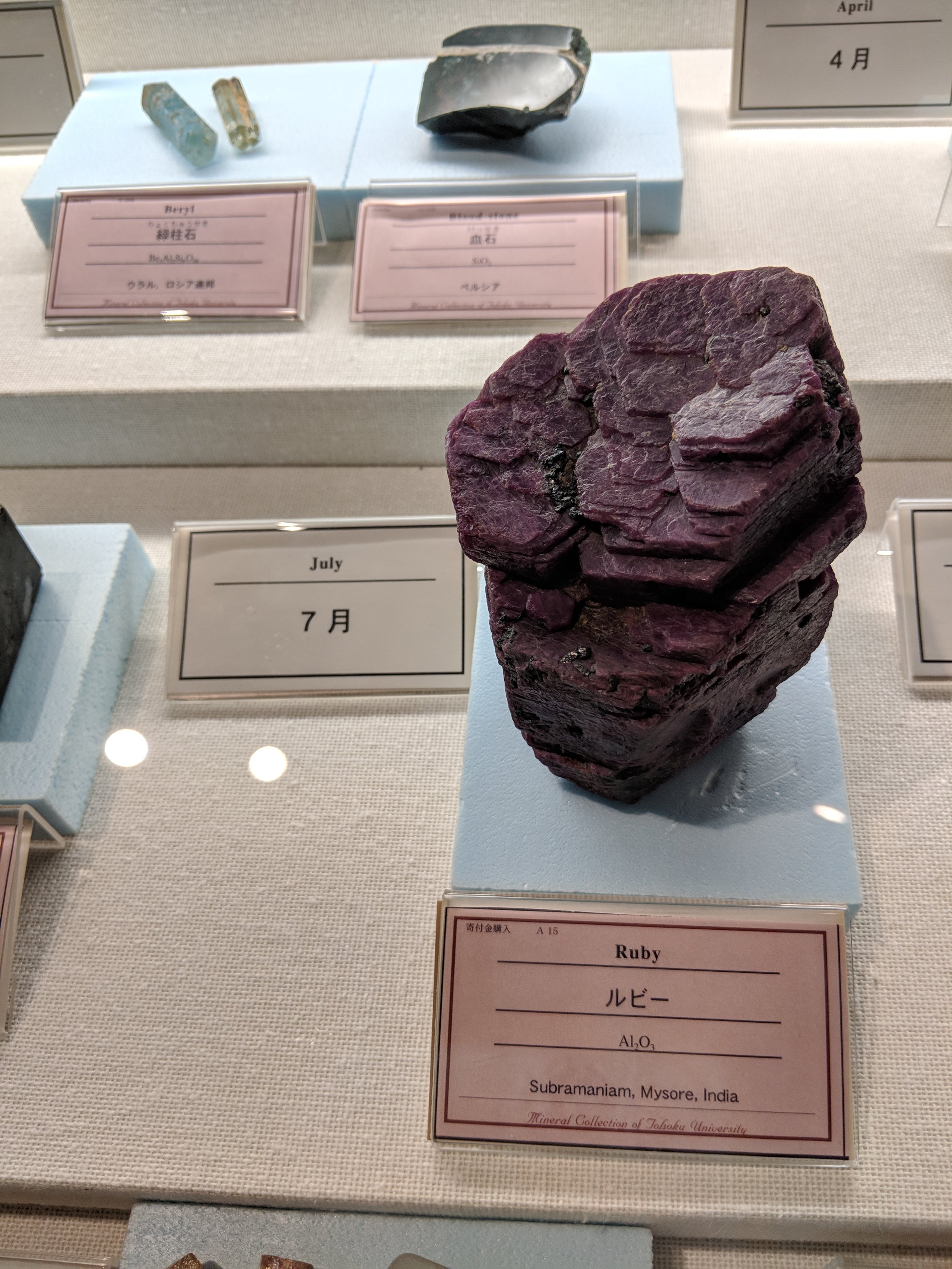Dear Tony 10: When a Chef stops you for lunch
Dear Tony,
Here’s a fun one you might like. I’m walking around Sendai. I’m vaguely looking for a camping spot, because I don’t have a place to sleep and with it being Golden Week in Japan, rooms are expensive and hard to find.
[Golden Week is a celebration of the Emperor and Japan. It involves the opening of a lot of the tourist attractions, celebrations coinciding with the cherry blossoms, school vacations and, for the locals, shopping mall sales. If you’re coming to Japan, AVOID GOLDEN WEEK. Everything is more expensive. Things are crowded. None of the locals particularly enjoy the holiday, because most of them are working. Try the week or two after.]
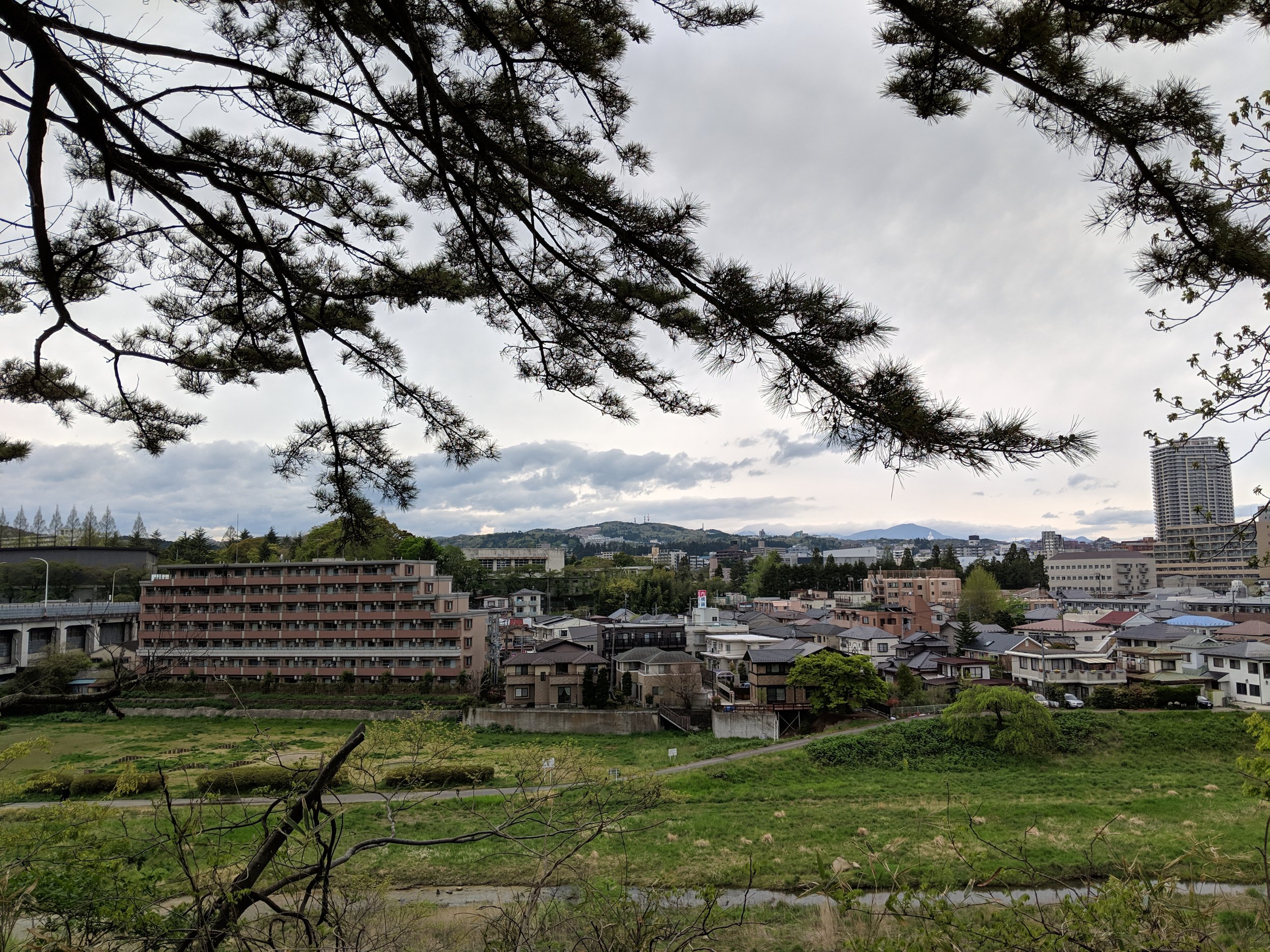
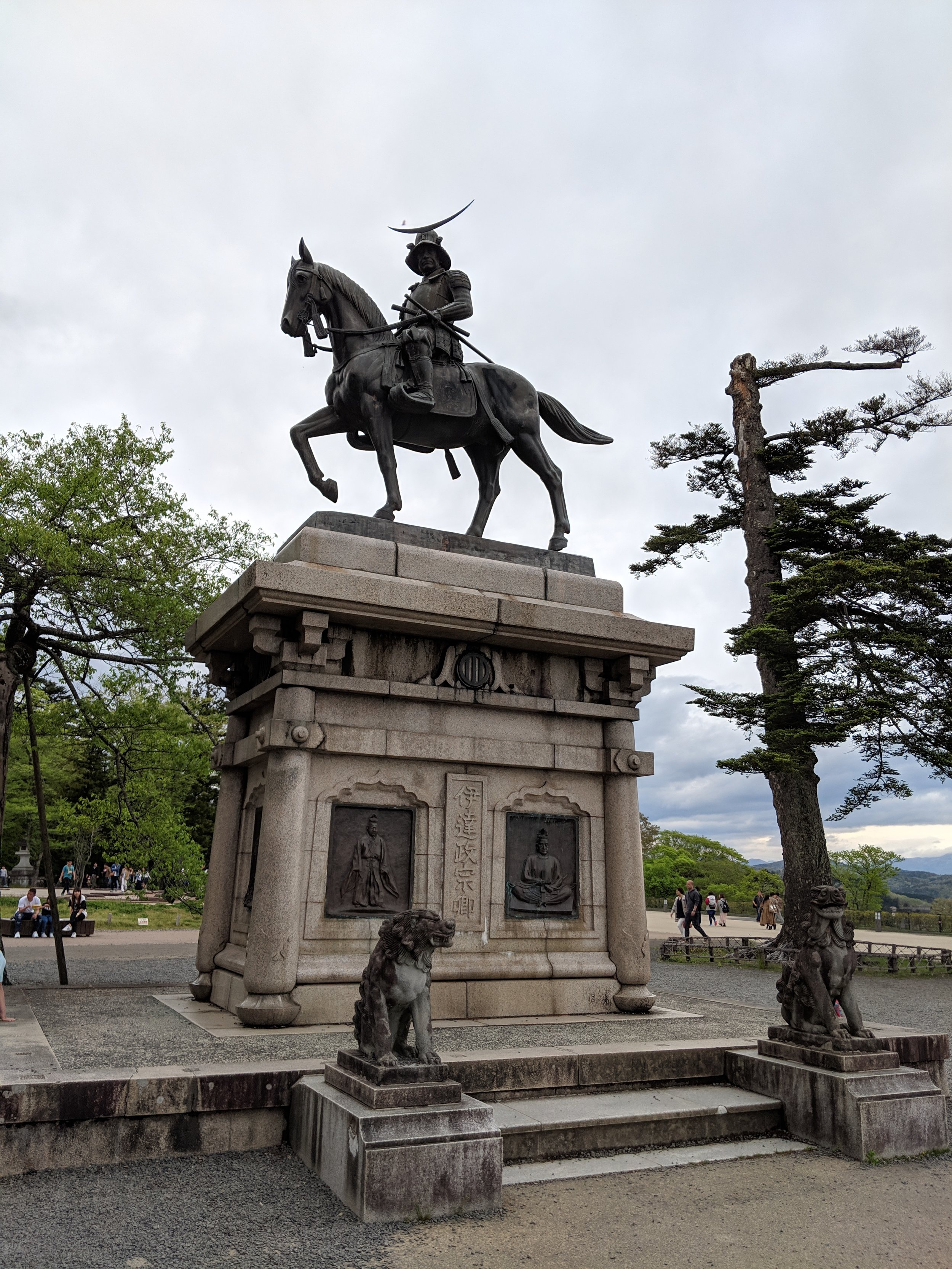
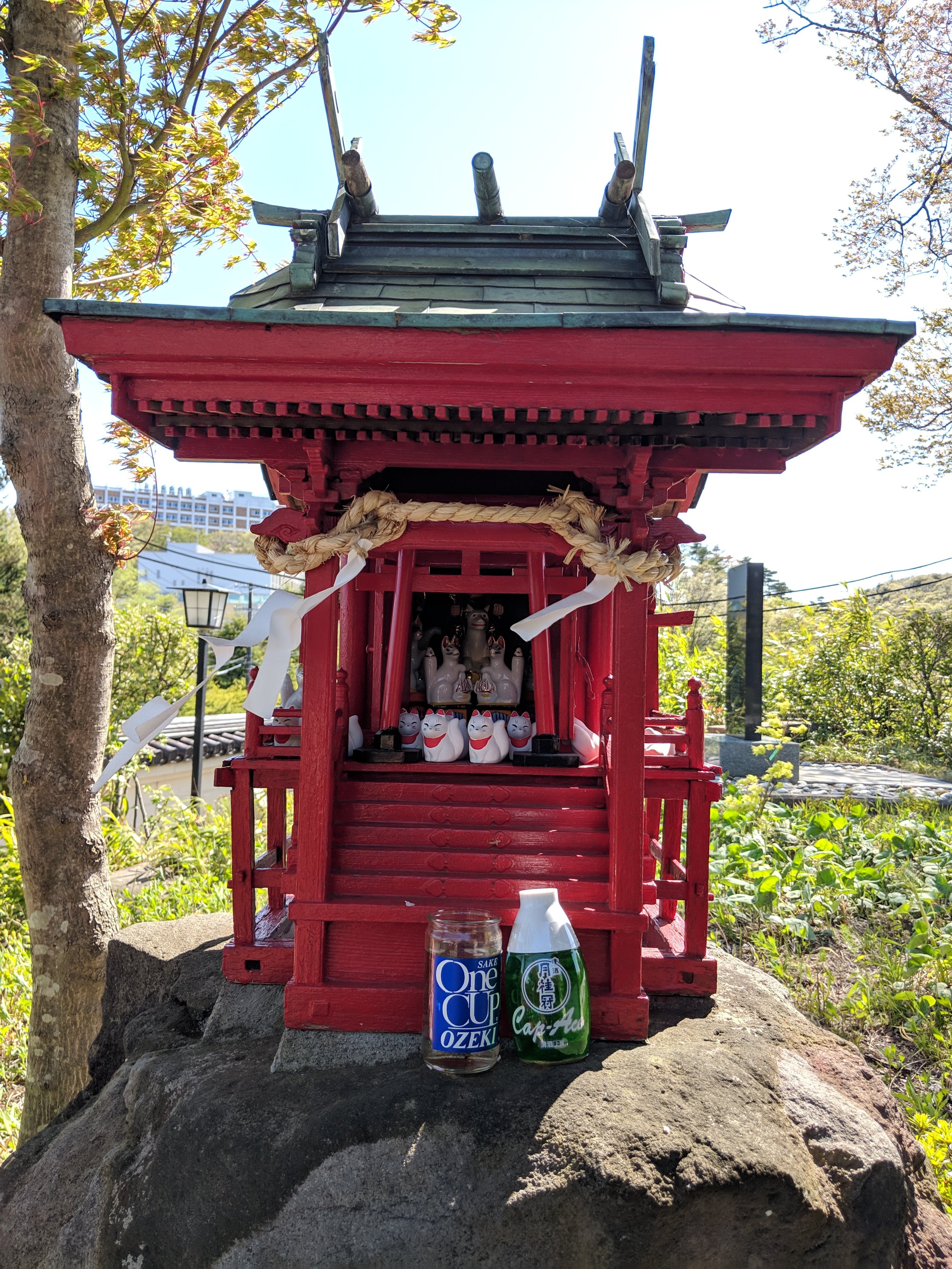
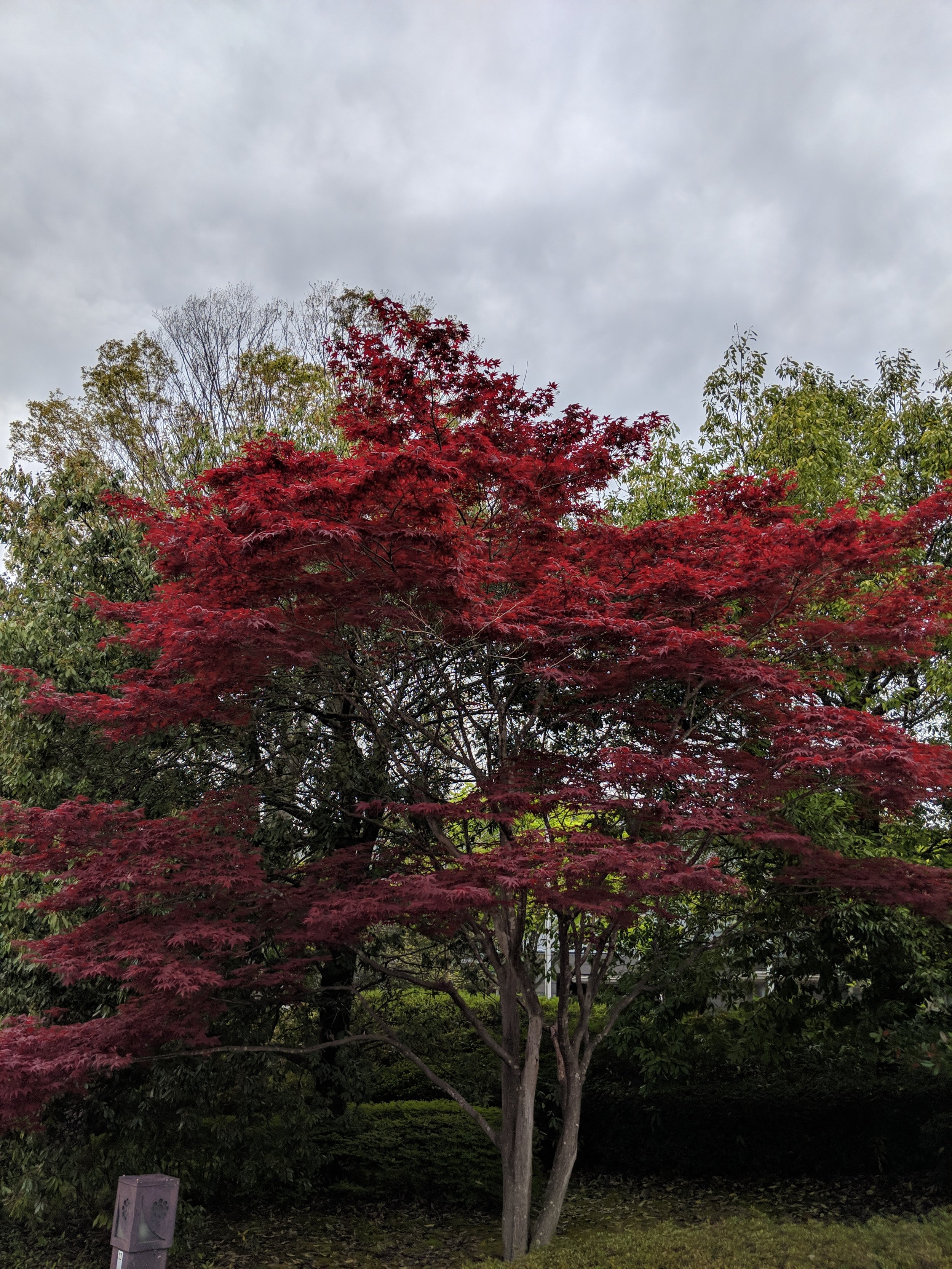
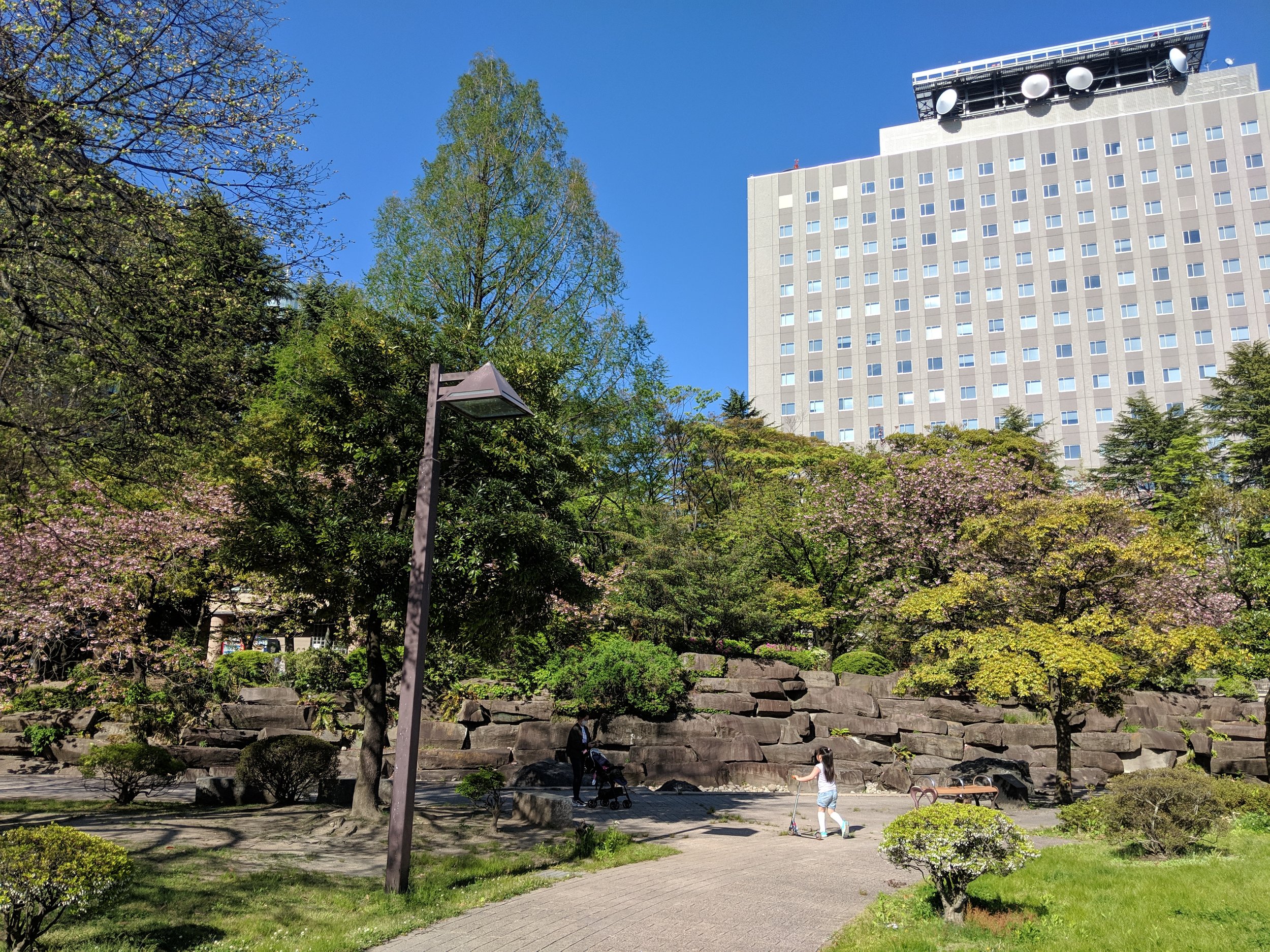
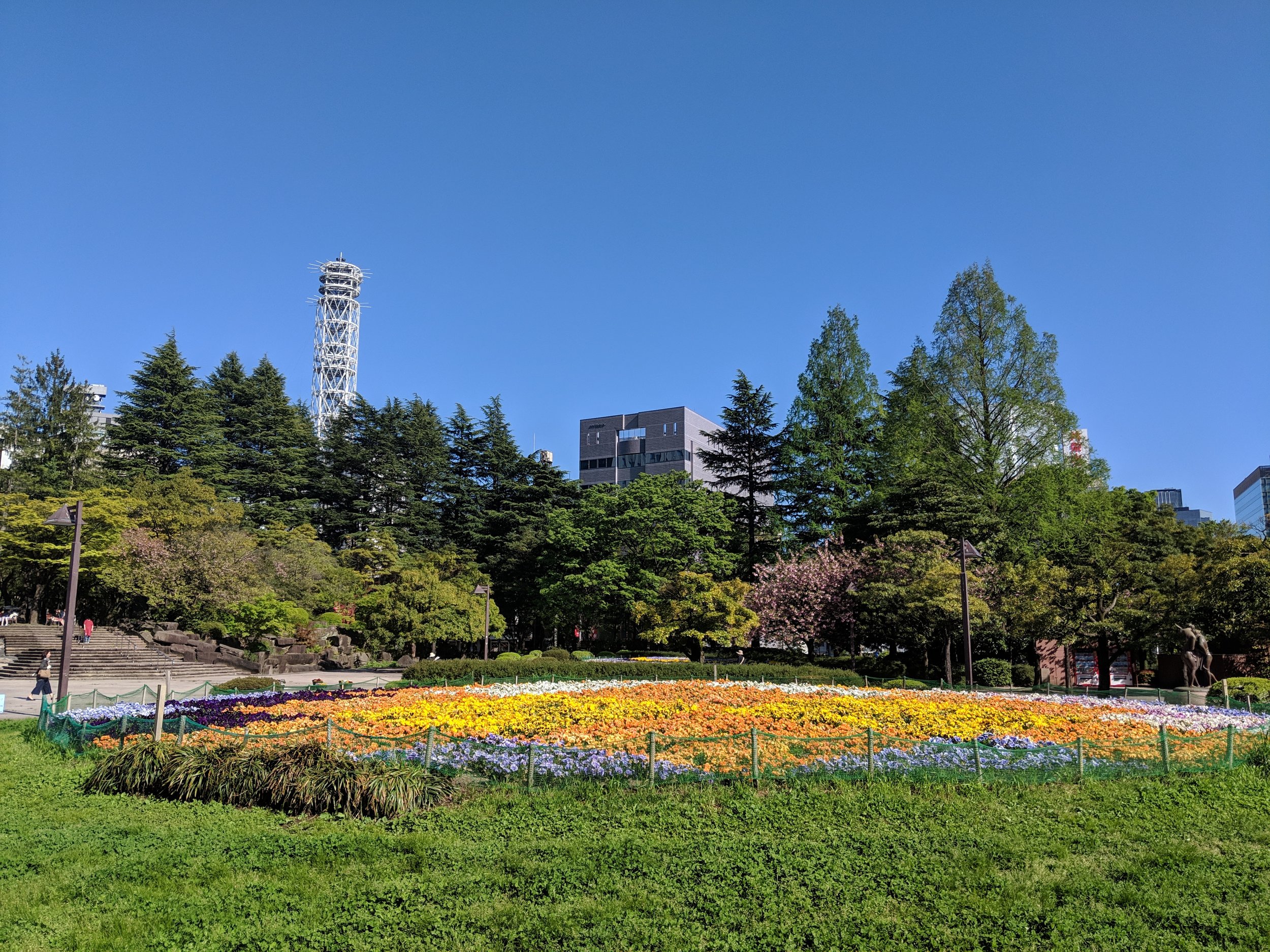
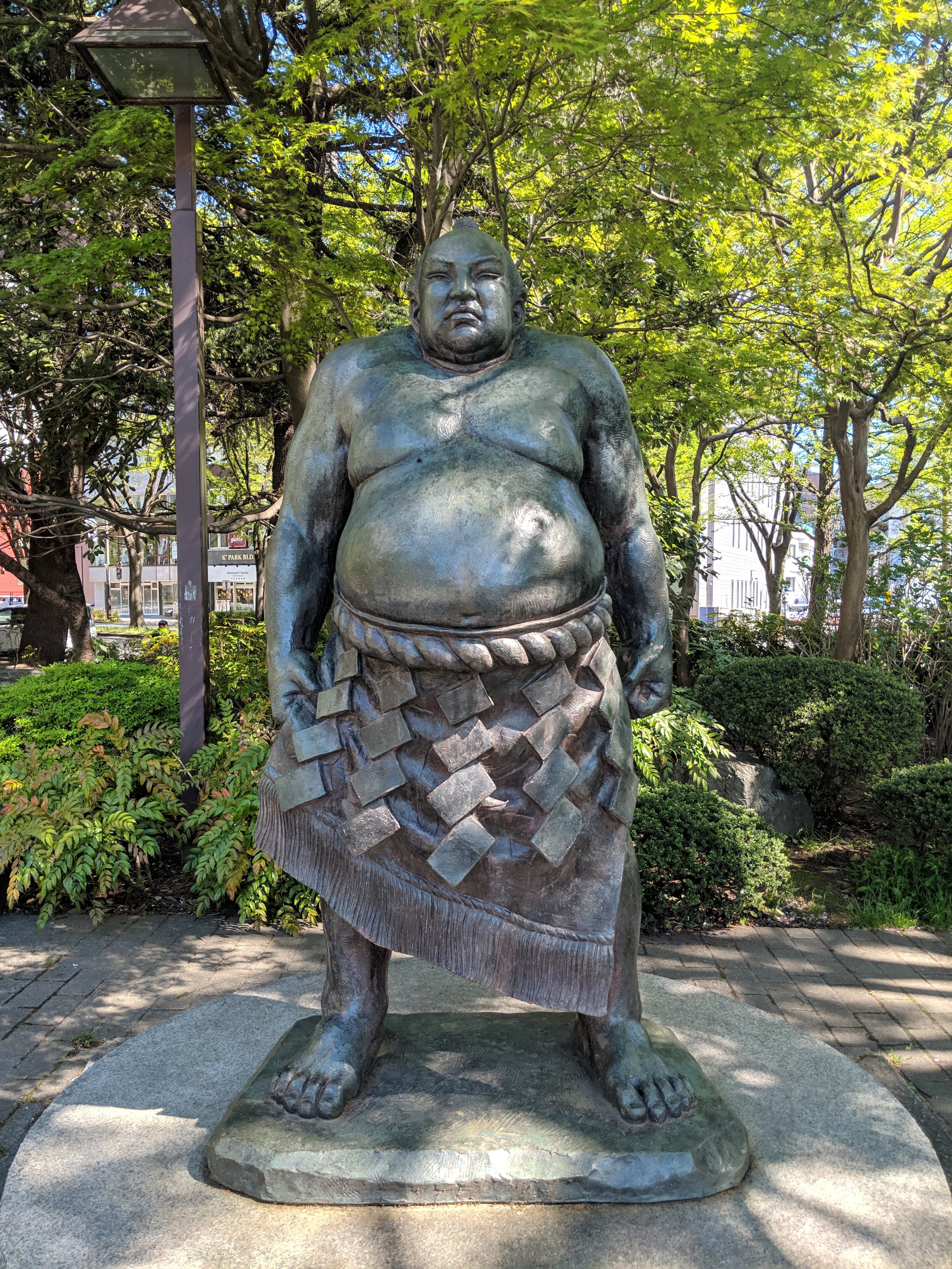


With that, most places in Sendai are sold out, and at this point I’ve already been to 4 or 5 hostels without luck. I’m now headed towards a park to find a few trees that can support a hammock and tarp so I can urban camp.
In the midst of this, I’m really down to grab a coffee, have a writing break, and just ignore the nagging thought that once again, I’m homeless in a foreign country. [Cool! But also wracking.]
As I’m aimlessly wandering down a side street, I peek at a storefront but figure it’s more of a restaurant than a coffee shop; and continue on my way.
I’m not 20m away when the chef of the place comes out of his store. In accented English he invites me to lunch. I reiterate I’m looking for coffee; which he promises will come after lunch. I decline. He turns back to his place. I make no more than 20 more meters when I have a change of heart and turn around.
If the chef of a place invites you to lunch, you might as well take him up on the offer.
The store is very traditional Japanese. I talk with Honda, the head chef who invited me in. Honda has been a chef for 14 years. His great-grandfather started the tradition, and 4 generations later; his father inspired him to be a chef. He trained in multiple restaurants, including a year stint in Los Angles.
He talks as he cooks. I’ve noticed the simple care the Japanese use when taking jobs seriously. Precision. No short cuts. Tidy, small, exacting motions. Prepping Enoki and Eggplant. De-veining the shrimp. He cleans as he goes. Every tool is put back into its place. There’s a practiced devotion to mise en place, a thoughtful care, a patient but deliberate move-set.
The place-set arrives. Egg custard. Shrimp and Veggies tempura. Miso soup. Salad. Pickles. Pickled salad. The presentation is gorgeous. The tempura is set exactly, all the pieces of the meal are carefully placed on traditional dining set. The earthy tones backdrop a mosaic of colors to the food. It’s so pretty, I have a hard time choosing what I want to eat, what I don’t want to disturb.
I eat the piece analytically, enjoying the parts separately and together. As I eat, Honda talks about his family. Three girls, 27, 25, 21. The youngest just got married. They’ve moved away to different parts of Japan. He misses them. They love eating but none of them have picked up cooking professionally.
I pause with a few mouthfuls of miso left, one tempura shrimp, and half the enoki. Honda asks if I’m done, which I meet with hearty laughter. He joins in after a minute, understanding. I saved the best for last. I’m hardly done, I’m just preparing to enjoy.
His wife pours me a cup of coffee as I savor the last bites.
Honda shows me his prized position. A 300-year-old wine casket, used by the samurai. It’s a beautiful wooden box, etched with two different faces, and build entirely without nails. The craftsmanship is like the meal. Simple, but well made. A work of art, steeped in history and respect.
Honda, his wife, and I take pictures and bade each other farewell. I promised to write a Google Maps Review [here]. In typical Japanese fashion, they escort me to and out the door, waving until I’m out of sight.
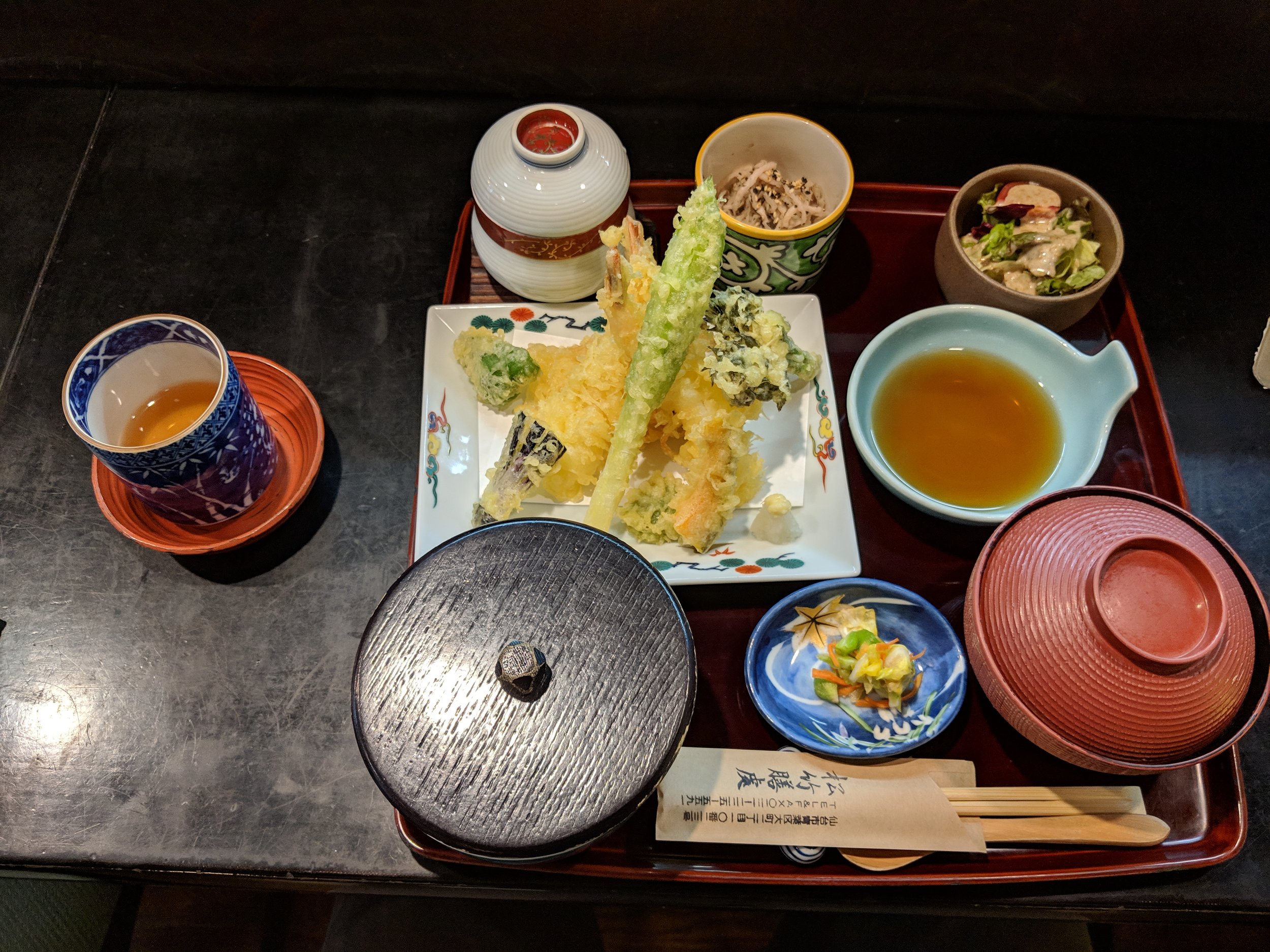
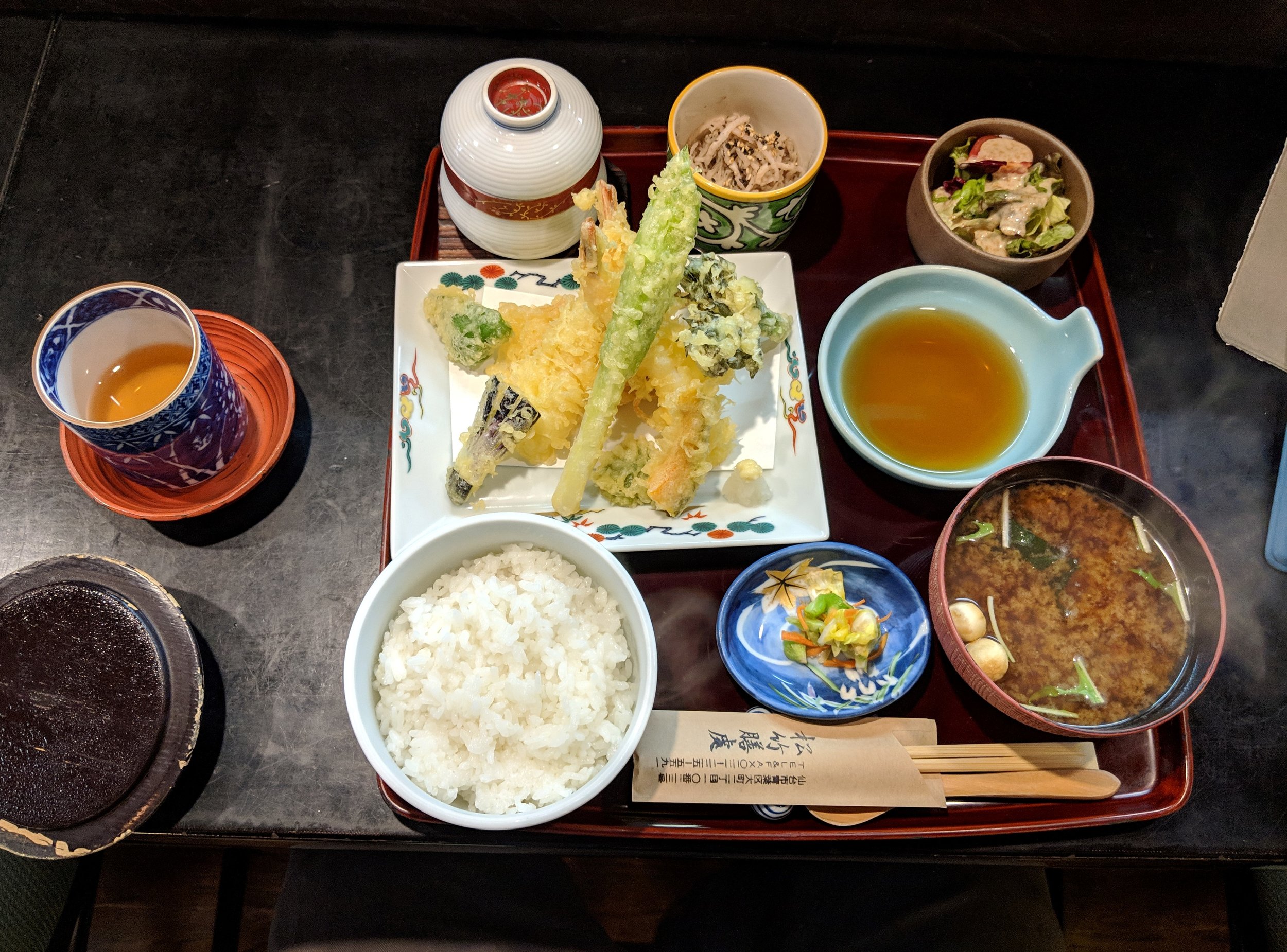
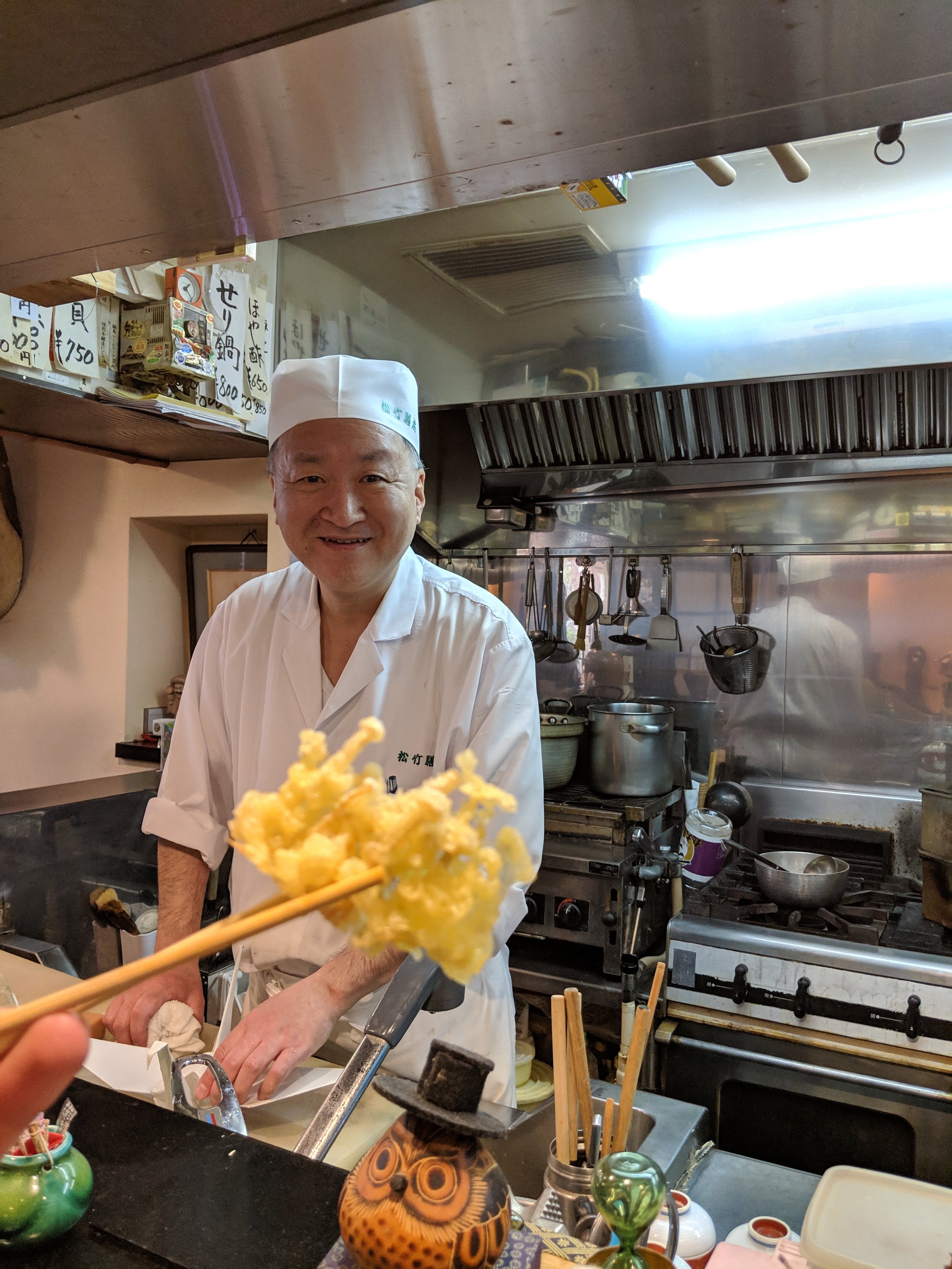
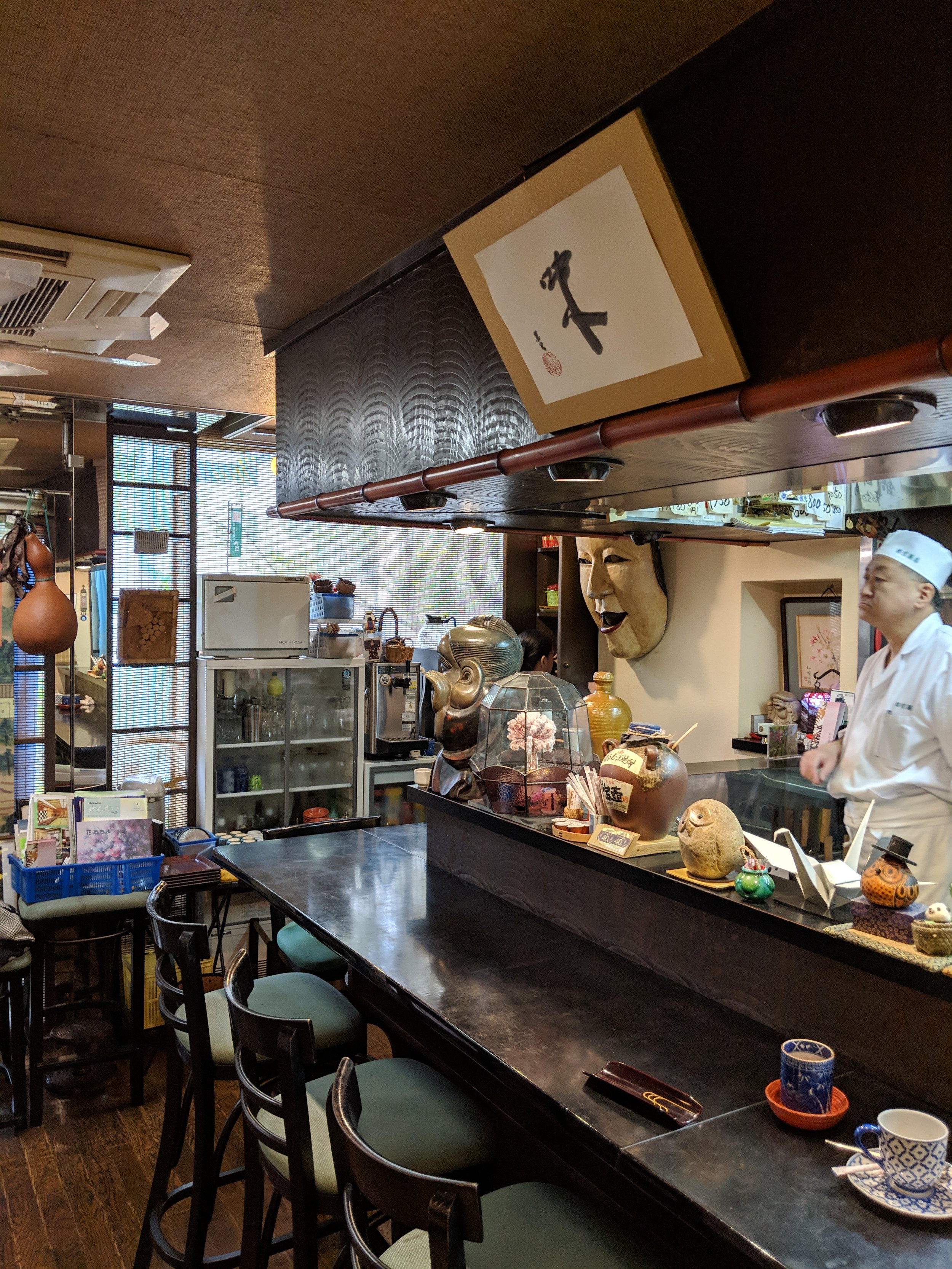

Look. The meal was good. The Egg custard was actually the best I’ve ever had in my life, the bonito flavor being very pronounced but complimentary to the soft egg custard. I’ve actually never had one so flavorful. The miso was a Sendai region specialty and came from a miso factory next door. It was delicious; dark and spicy. The tempura batter was tasty but a little thick and a little oily. I’m not sure if that was intentional, or a function of being their only patron for lunch. But the ingredients were seasonal and fresh. The salads are always small; accompaniments to the meal. They weren’t overtly inspirational, but seasonal and fresh does a lot a lot.
But Honda was a kind man, and proud enough to assure a weary traveler that he would provide an excellent meal [and coffee!], which he did in spades. I got to enjoy learning about the man; and I could see the truth of his story in his cooking. It was the entire experience that showed me Japan. Simple, diligent, humble but proud, hardworking and artful.
I was happy to pay the less-than-ten-dollars; and he refused any tip even as the experience was worth way more to me than what the bill reflected.
If you ever find yourself in Sendai. If you’re hungry for food or authentic culture. I can heartily recommend this little hole-in-the-wall. Honda’s english is good. I loved the aesthetics of shop. And, amid the chaos of urban Sendai, it’s nice to find the center of Japanese culture, faithfully recreated on the meal tray.
